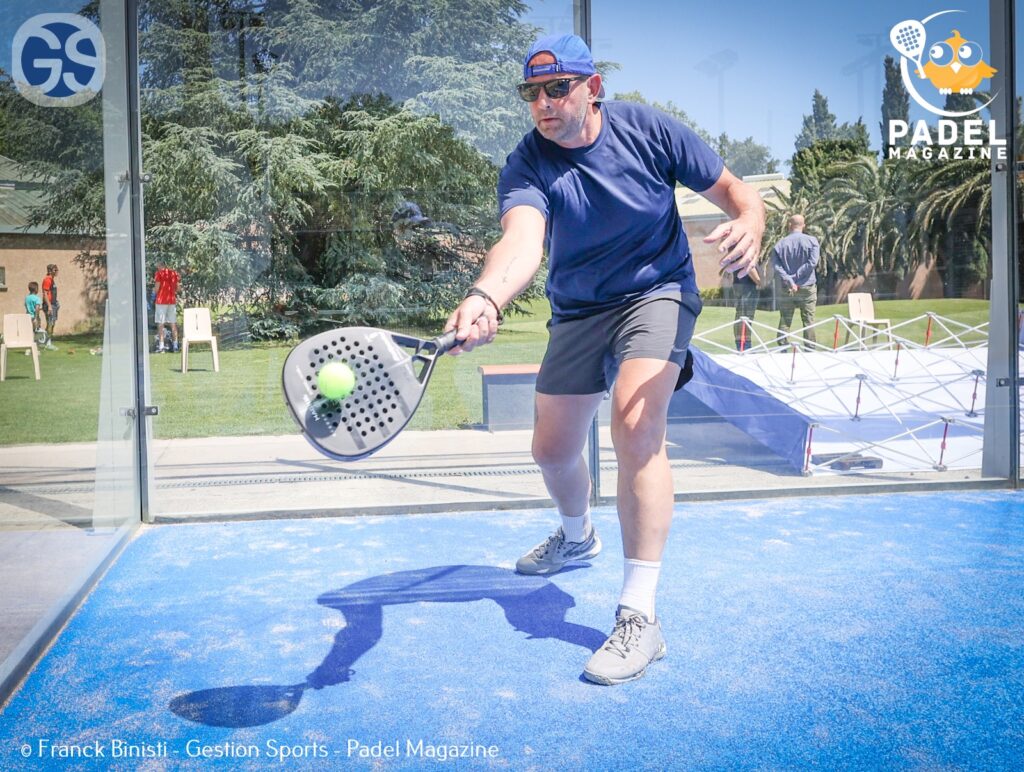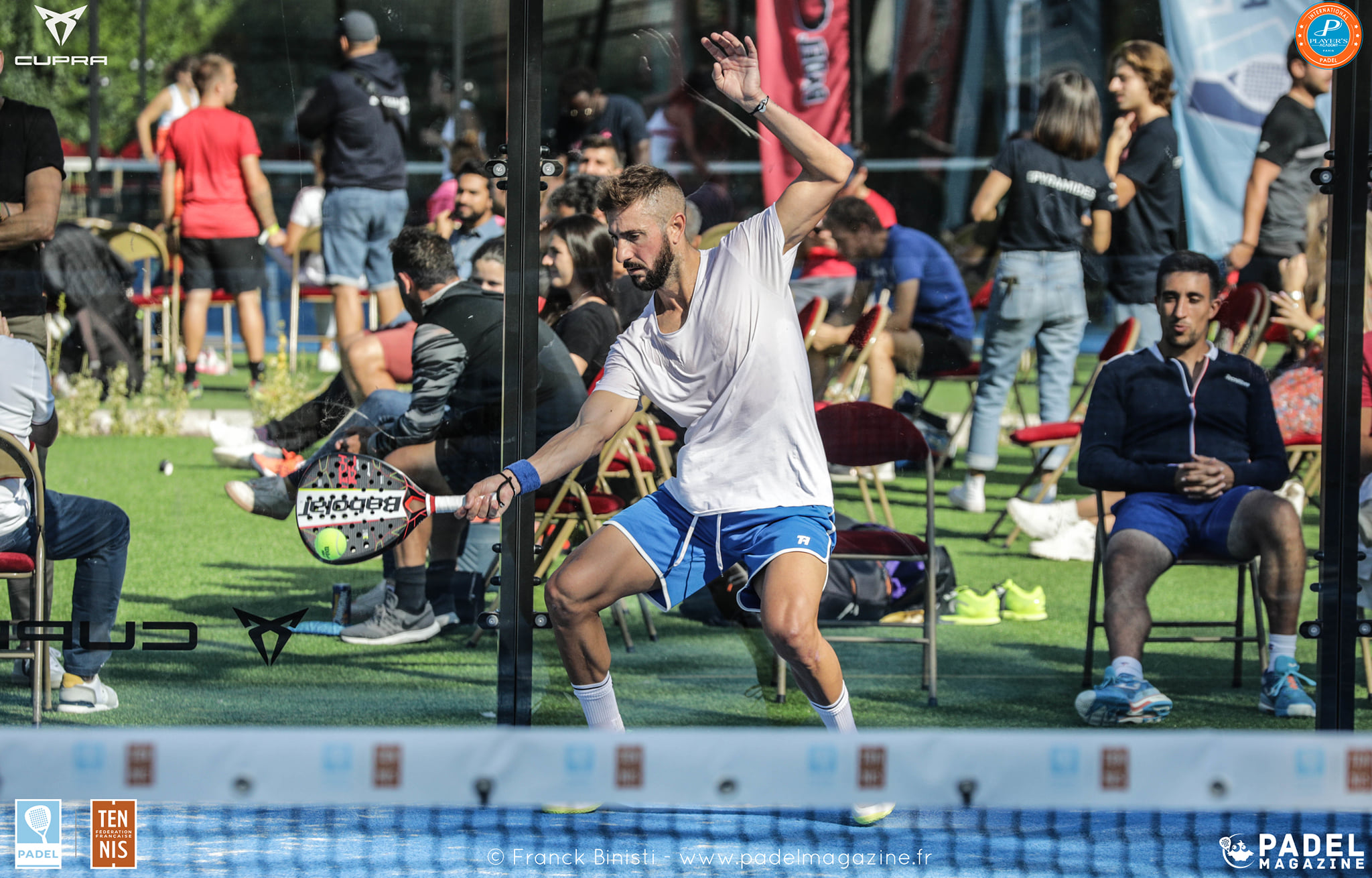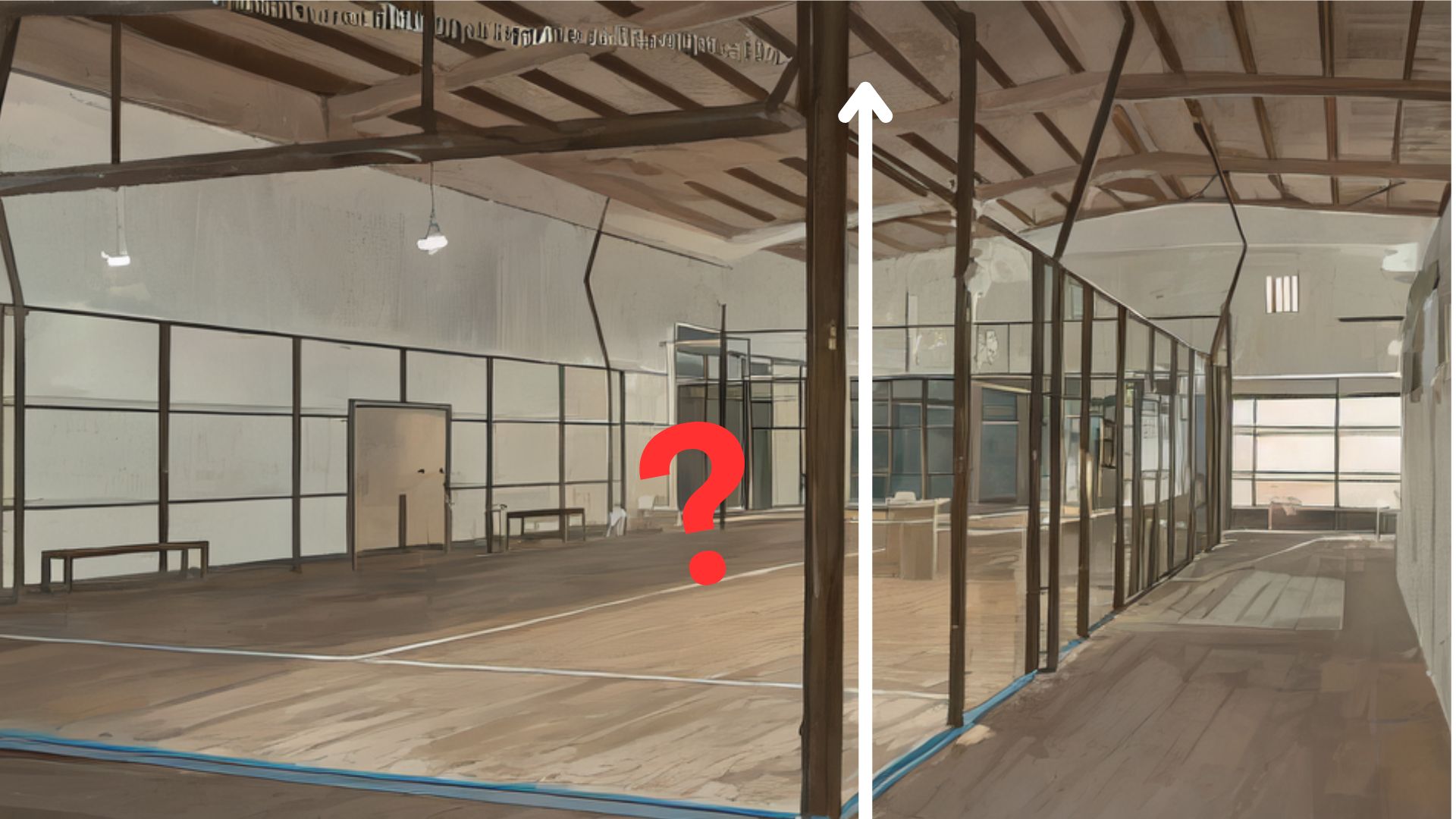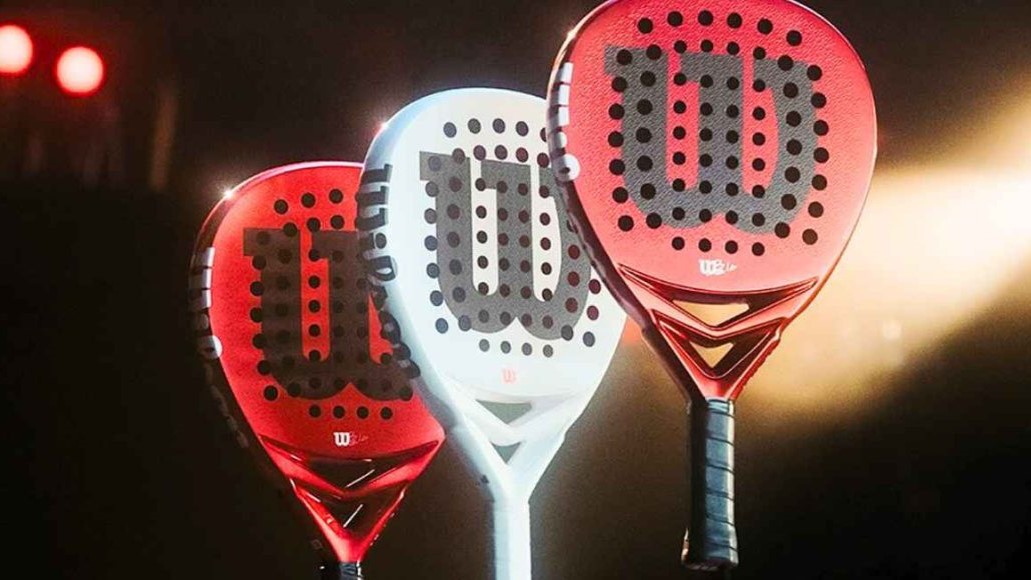Learn to set the pace to the ball from the baseline is acquired over time. Let's focus on the forehands which could allow us to disrupt our opponents.
You can't dislodge your opponents from the net
Positioned at the bottom of the track you begin to understand the different hitting heights and the possible outcomes for your game. You understand that the low balls must be played slowly in order to avoid being attacked by the volleyball players. Then you know the high balls out of the window or played directly after rebound which we will call forehand attack, impacted well above the level of the net and which will have a downward trajectory. Then there are all those balls that you will have to play at waist height. In order not to disturb us, we will focus on those that we will hit directly, without using the glass.
So here is the situation. Well positioned in defense, you wait for the opportune moment to trigger an attack, a set-up, a tactic that will allow you to dislodge opponents from the net. The problem is that this moment does not arrive. You will have to find another solution and it could well be the forehand cut.

Change game speed
The idea is that you will cut the balls that come to you at belt height on the forehand. This action will make it possible to change the speed of play and, without forcing, to complicate the opponents' volleys. All these balls are impacted at waist height so at the height of the net, so it will be quite easy to get them through if we don't take too many risks. The playing area, either in the corridor formed in the center by the two players, or on the body of the opponents, balls that are not easy to negotiate because we know that a ball played with speed on the body puts us in an uncomfortable position and a fast ball in the center can be a source of conflict.
You are informed about the place and the speed. Then comes the technique, and this is where you should not make a mistake in wanting to “throw” yourself forward. The idea is not to attack the net but to heckle the opponents by giving them rhythm and forcing them to play a difficult volley. It will be following this ball that we can attack the net.
Our technique will be the same as the one used for low balls. Preparing for the pala, first step back in ball flight, step forward to change dynamics and adjust placement. The difference is that this time we'll end with a cut shot going forward.
Simple and very effective, this technique allows you to have an additional striking height in your arsenal without going into crazy and hyper aggressive tactics. Positioned in your comfort zone, you always offer different things to those who have taken the advantage at the net. Let's go!
Julien Bondia is a teacher of padel in Tenerife (Spain). Columnist and advisor, he helps you play better through his tutorials and tactical/technical articles padel.





































































































 Brussels Premier Padel P2 – the final in stats
Brussels Premier Padel P2 – the final in stats Where to see Premier Padel en 2024 ?
Where to see Premier Padel en 2024 ? Mauritius: an island of padel
Mauritius: an island of padel Premier Padel Brussels P2 – Already a title for Chingalan, at the end of a masterful final
Premier Padel Brussels P2 – Already a title for Chingalan, at the end of a masterful final Guillaume Codron de Sud Padel : “A family project”
Guillaume Codron de Sud Padel : “A family project” Nallé Grinda: “Democratize the padel in the USA with PadelX "
Nallé Grinda: “Democratize the padel in the USA with PadelX " Simon Boissé: “We know that there are two nations in front of us”
Simon Boissé: “We know that there are two nations in front of us” Marie Maligo: “This period of frequent changes of partners was beneficial for me”
Marie Maligo: “This period of frequent changes of partners was beneficial for me” P1000 PadelShot Saint-Étienne – Watch the Hugounenq/Vincent – Seux/Courrin semi-final live
P1000 PadelShot Saint-Étienne – Watch the Hugounenq/Vincent – Seux/Courrin semi-final live P1000 PadelShot Saint-Étienne – Follow the surprise poster Vincent/Hugounenq – Couturier/Benmergui live
P1000 PadelShot Saint-Étienne – Follow the surprise poster Vincent/Hugounenq – Couturier/Benmergui live The All Star Tour returns on May 16 at the All In in Lyon
The All Star Tour returns on May 16 at the All In in Lyon D-7 of the “BetClic Remontada Padel”, at the foot of the Eiffel Tower
D-7 of the “BetClic Remontada Padel”, at the foot of the Eiffel Tower Premier Padel Brussels P2 – A 2.0 version of the final in Chile?
Premier Padel Brussels P2 – A 2.0 version of the final in Chile? José Manuel Escin at the inauguration of Casa Padel DOS: “Finally, and thank you!”
José Manuel Escin at the inauguration of Casa Padel DOS: “Finally, and thank you!” Padel Score comes to Tahiti for American Express Padel Cup!
Padel Score comes to Tahiti for American Express Padel Cup! Do you know the Rafa Nadal Academy Tour?
Do you know the Rafa Nadal Academy Tour? Play at padel on his yacht? Possible for €233.000!
Play at padel on his yacht? Possible for €233.000! Find out everything about the dimensions of a plot of land padel
Find out everything about the dimensions of a plot of land padel Presentation of the Wilson Bela V2.5 collection
Presentation of the Wilson Bela V2.5 collection The LinkedIn of racquet sports: Racket Trip
The LinkedIn of racquet sports: Racket Trip At the heart of padel – Episode 25: Paul and Andoni answer your questions
At the heart of padel – Episode 25: Paul and Andoni answer your questions At the heart of padel – Episode 23: defend the window well
At the heart of padel – Episode 23: defend the window well Prohibition on playing topless Padel : the reasons
Prohibition on playing topless Padel : the reasons FIP Tour – Going far from Europe, THE strategy to earn points!
FIP Tour – Going far from Europe, THE strategy to earn points! What is a good football player? padel ?
What is a good football player? padel ? “Lefties give me headaches when I play against them!”
“Lefties give me headaches when I play against them!” At the heart of padel – Episode 14: how to earn points in winter?
At the heart of padel – Episode 14: how to earn points in winter? The basic tactics of padel
The basic tactics of padel A par 4 is always a winner...even if you manage to defend it!
A par 4 is always a winner...even if you manage to defend it! Carbon fiber VS fiberglass: what to choose?
Carbon fiber VS fiberglass: what to choose? How to effectively test a racket padel ?
How to effectively test a racket padel ? La padel to fight Parkinson's disease
La padel to fight Parkinson's disease Don't play with a cracked or broken racket, your body will thank you!
Don't play with a cracked or broken racket, your body will thank you! Michel Cymes: “The padel, physically, it’s serious!”
Michel Cymes: “The padel, physically, it’s serious!” Our Top 10 training courses padel in France and Europe
Our Top 10 training courses padel in France and Europe Jeremy Gala: “Promote the padel among young people in Belgium remains a challenge”
Jeremy Gala: “Promote the padel among young people in Belgium remains a challenge” The French Touch Academy organizes its selection day Padel-Study
The French Touch Academy organizes its selection day Padel-Study Report on the detection and training of younger generations
Report on the detection and training of younger generations